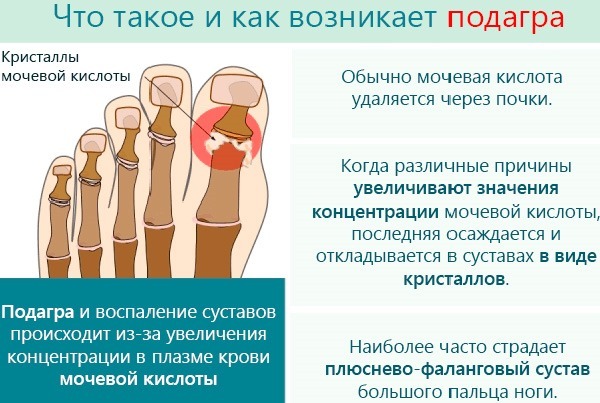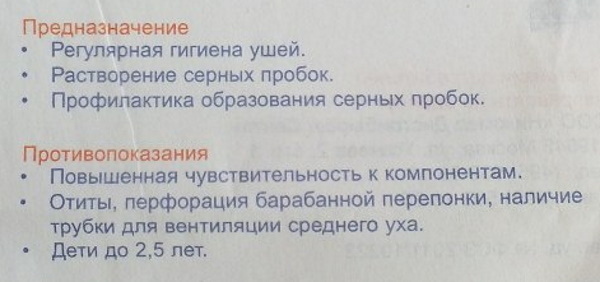Content
- Physiological signs of intervertebral hernia
- First signs
- Obvious symptoms
- Dangerous symptoms
- Symptoms depending on the location of the hernia
- Hernia of the cervical spine
- Hernia of the thoracic spine
- Lumbar spine hernia
- How to identify an intervertebral hernia, signs in research results
- CT and MRI of the spine
- Spine x-ray
- MRI and ultrasound of blood vessels
- Spinal hernia video
Herniated disc - a degenerative disease, which is the gradual destruction of one or more discs located between the vertebrae. Signs and symptoms, often expressed in pain of varying intensity, are familiar to more than 40% of people under the age of 30 and 90% of people over 50.
Physiological signs of intervertebral hernia
The human spine consists of 33 vertebrae. They are lined up like blocks, and a spinal cord runs through the opening of each vertebra. Between the vertebrae is a disc, or cushion, for the brain, which is very fragile.
A normal disc consists of a fleshy core (a jelly-like mass) and an outer annulus fibrosus. The fibrous ring is partly attached to the adjacent vertebral bodies, and partly to the intervertebral ligaments lying next to each other. With age, the disc changes, its inner part hardens. Disc wear is a normal aging process.
Intervertebral hernia (symptoms and signs of a "slipped disc" are described later in the article) is formed in the moment when the inside of the disc becomes hard or calcified and the outer ring is torn apart. The disc can push upward around the spinal cord, laterally or downward.
Areas of the spine in which intervertebral hernias are common:
| Hernia of the cervical spine | Promotes the development of pain in the neck, numbness of the arms, shoulder, disruption of the vestibular apparatus, dizziness. |
| Thoracic hernia | The thoracic department is responsible for the work of the internal organs. Compression of the nerve roots in this area significantly affects the function of the organs. |
| Lumbar hernia | Violations in this area lead to the development of back pain, affect the functionality of the lower extremities, and lead to serious complications: paresis, paralysis. |
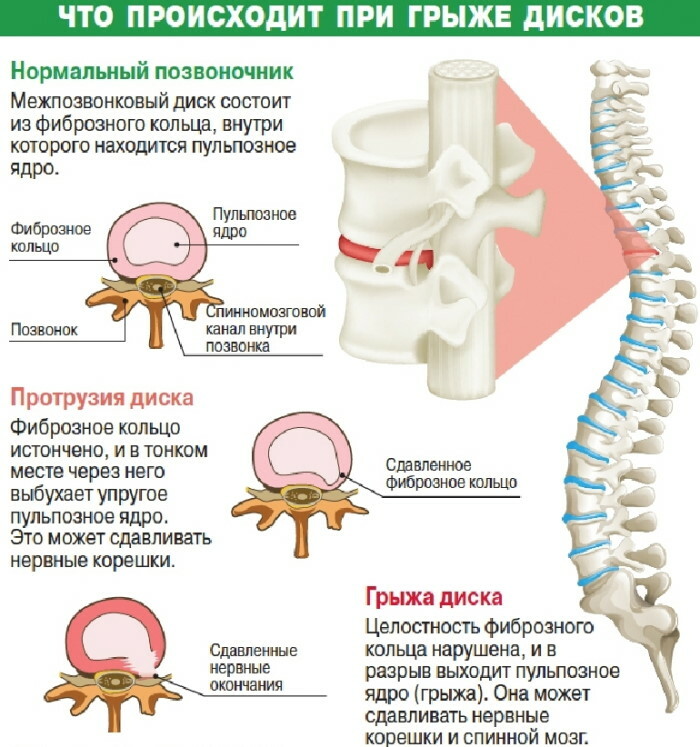 Most often, intervertebral hernias occur in the lumbosacral spine. In rare cases, a hernia occurs in the cervical, and in very rare cases, in the thoracic spine.
Most often, intervertebral hernias occur in the lumbosacral spine. In rare cases, a hernia occurs in the cervical, and in very rare cases, in the thoracic spine.
First signs
Among the first symptoms, pain that intensifies with physical exertion stands out. The syndrome disappears after a short rest. Also among the first signs are the presence of muscle tension and a burning sensation of the skin.
Obvious symptoms
The appearance of pronounced symptoms indicates a significant lesion of the spinal column. The main problem is severe pain, impaired sensitivity, movement disorder. There is constant pain that spreads to the limb. Sudden severe pain interferes with movement. There is a feeling of numbness, paresthesia (goosebumps).
Painful sensations affect the chest: the heart rhythm is disturbed, there are drops in blood pressure. Excessive sweating and hand tremors are signs of vegetative damage to the spinal nerves that innervate the internal systems. Attacks of headaches, accompanied by vomiting and fainting, indicate compression of the arteries that supply the brain.
Dangerous symptoms
Symptoms most dangerous with displacement of the nucleus pulposus of the disc are headache and sudden attacks of dizziness. Other serious signs of herniated disc - vomiting, loss of consciousness - indicate an impaired blood supply to the brain. Neglect of such a symptom leads to the development of ischemic stroke.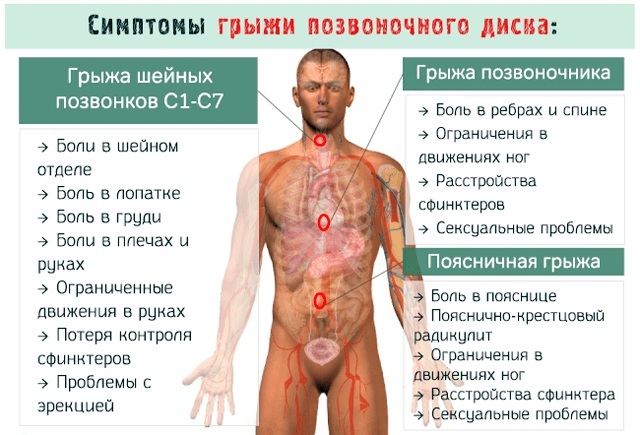
Paralysis is a sign of spinal cord compression. Movement disorder or complete paralysis of the upper or lower extremities is associated with compression of the nerves extending from the spinal cord. Pelvic disorders are noted, including a violation of the process of urination and defecation.
Numbness or a noticeable decrease in sensitivity extends to a specific part and to the whole body. This sign indicates significant damage to the sensitive endings due to the clamping of nerve fibers.
The appearance of dangerous signs of spinal trauma is a reason for immediate medical attention. Self-treatment is impossible and will lead to a deterioration in health.
Herniated discs (symptoms and signs depend on the stage of development of the disease) are dangerous for women of childbearing age. The disease contributes to the development of complications in the process of childbirth, and in the absence of treatment, the consequence of spinal lesions is infertility.
Symptoms depending on the location of the hernia
An intervertebral hernia can develop on any part of the spinal column. The location is established by shooting or pulling pain at the site of destruction of the cartilaginous tissue. The affected area may increase in size and be accompanied by increased pain with movement.
Hernia of the cervical spine
Common signs of a cervical hernia include:
- Constriction in the neck.
- Unpleasant sensations and the appearance of protrusion.
- Throbbing headaches in the temporal or occipital region.
- Dizziness, blurred vision, tinnitus.
- Feeling weak and short of breath.
- Increased blood pressure.
- The onset of cramps in the head area.
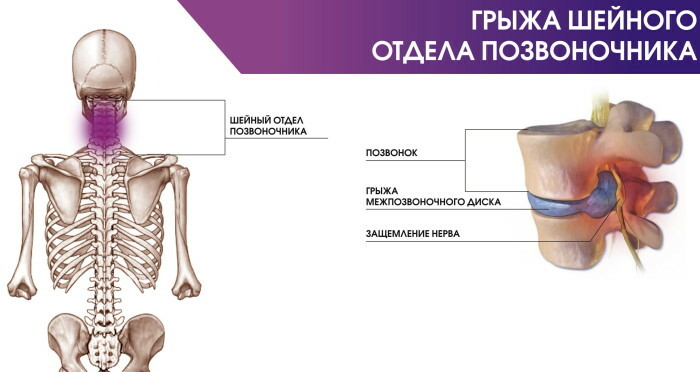
In addition to the listed symptoms, the development of a hernia in the cervical spine leads to numbness in the areas of the body in the neck and shoulders. The initially onset neck pain gradually spreads to the area of the arm, shoulder and shoulder blade from the side of the lesion.
The appearance of autonomic disorders is manifested by painful sensations in the region of the heart, palpitations, tremors of the hands and increased sweating.
Hernia of the thoracic spine
A slipped disc, causing a hernia in the thoracic region, leads to the development of burning and painful sensations in the chest. The pain is often similar to that of a heart attack.
The pain syndrome spreads to the area of the shoulder blades and intensifies in the process of brisk walking. Also, painful sensations accompany climbing stairs and other movements that require intense breathing. At the same time, shortness of breath develops and increases.
Disruption of innervation leads to a deterioration in the functioning of the thyroid gland. Unpleasant sensations appear in the abdomen. With extensive clamping of the nerve pathways, the sensitivity of the skin from the zone of the shoulder blades and lower along the back is lost.
Pain in the heart area mimics the attacks of angina pectoris and is not relieved by nitroglycerin. Pain in the stomach and along the intestines also signals a vegetative disorder.
Lumbar spine hernia
The development of a hernia in the lumbar region is characterized by the spread of numbness from the lower lumbar region to the thigh. The pain when lifting weights takes on a shooting, acute character (lumbago).

Typical symptoms:
- Redness or pallor of the skin in the lumbar region.
- Violation of urination in the form of retention or urinary incontinence. This is due to the clamping of the spinal cord and the bundle of nerves at its end.
- The appearance of a feeling of weakness in the lower extremities and a feeling of "disobedience" of the legs. Weakness of the muscles of the foot appears, which makes it difficult to lift the toes. In advanced cases, paralysis of the lower extremities develops.
In addition, disorders in the sexual sphere are possible: impotence, premature ejaculation, anorgasmia.
How to identify an intervertebral hernia, signs in research results
Herniated disc, the symptoms and signs of which depend on the degree of destruction of the intervertebral disc, is diagnosed and treated by an orthopedist and neurologist. If it is necessary to carry out a surgical intervention during the treatment, a neurosurgeon is involved.
Due to the coincidence of the symptoms of intervertebral hernia with other diseases, additional research is required to identify an accurate diagnosis. There is no universal diagnostic method. Each has its own spectrum of information content and is complemented by others.
CT and MRI of the spine
Magnetic resonance imaging (MRI) allows for a thorough examination of the spinal column and adjacent tissues. Based on the images, the doctor determines the condition of the soft tissues, spinal cord and intervertebral discs.
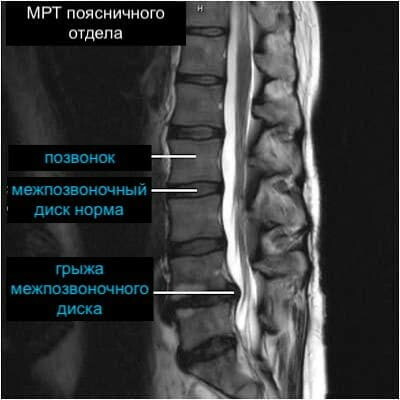
MRI is considered the best diagnostic method, since the image clearly shows the nerve roots, the structure of the spinal cord and intervertebral discs. The localization of the hernia, its size, composition and degree of influence on adjacent structures are also visible.
With the help of CT, three-dimensional images of the spinal column are obtained in various projections. CT, unlike MRI, visualizes dense bone tissue, which makes it possible to effectively examine the vertebrae. Computed tomography is prescribed for suspected injuries.
Spine x-ray
X-ray diagnostic method provides information about the position of the bone structures and the reasons for the appearance of a hernia. The method is indicated for all patients, except for pregnant women and patients with severe pathologies. X-rays are of particular importance for patients who have a hernia due to trauma. The images show a complete picture of the condition of the vertebrae and intervertebral discs.
MRI and ultrasound of blood vessels
After examination using CT, MRI, X-ray, the doctor may prescribe an ultrasound or MRI of the vessels. This is done to clarify the involvement of blood vessels in the pathological process. Both methods help to identify abnormalities in blood circulation.
- Ultrasound or ultrasound (Doppler ultrasound of the vessels) is performed to determine the violation of blood flow in the vessels. The study is informative when examining both venous and arterial blood supply. With the help of USDG, blood flows are observed, and stenosis (blockage) of blood vessels is also detected.
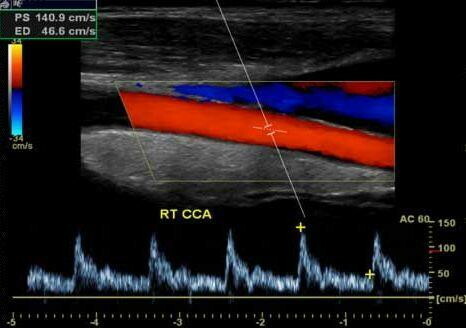
- MRI of the vessels allows you to diagnose abnormalities in the arteries and veins. This type of examination provides a detailed map of the movement of blood through the vessels, reveals their deviations, anatomical features, and also visualizes the presence of an inflammatory process. The images clearly show aneurysms, micro-strokes, ischemic or hemorrhagic strokes.
Depending on the collected history and visual examination, the doctor may additionally prescribe a tomographic or X-ray examination. To determine violations in the blood supply system, you will need to undergo an ultrasound of the vessels. After drawing up a complete picture of the disease, the doctor suggests possible treatment options.
Herniated disc is a dangerous disease that affects the spine and nearby organs. Pinching of blood vessels and nerve fibers leads to unwanted symptoms such as loss of sensation, pain, immobility. Lack of treatment contributes to the steady progression of the disease and the formation of severe signs of complications.
Spinal hernia video
How to understand that you have a spinal hernia:

